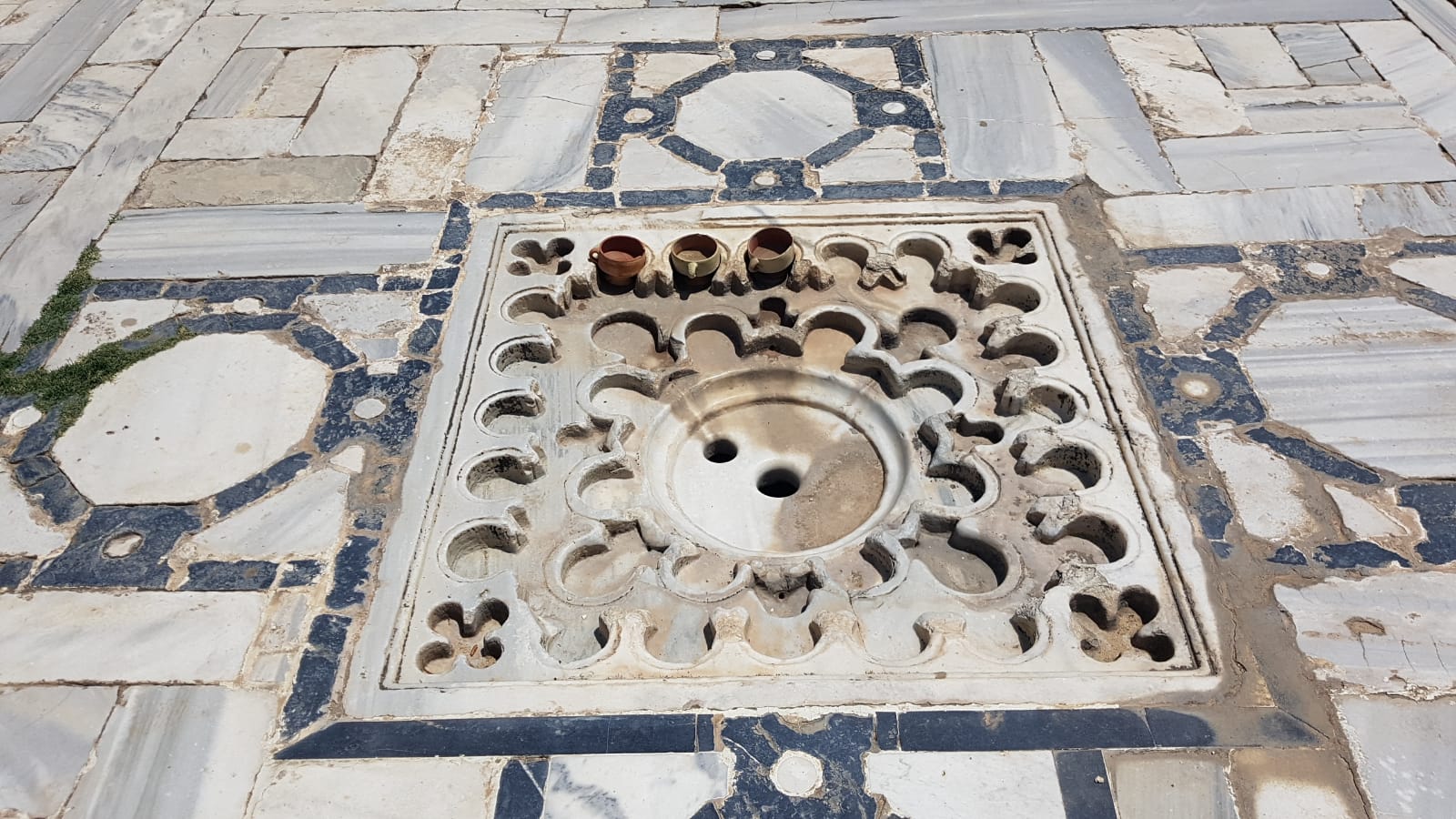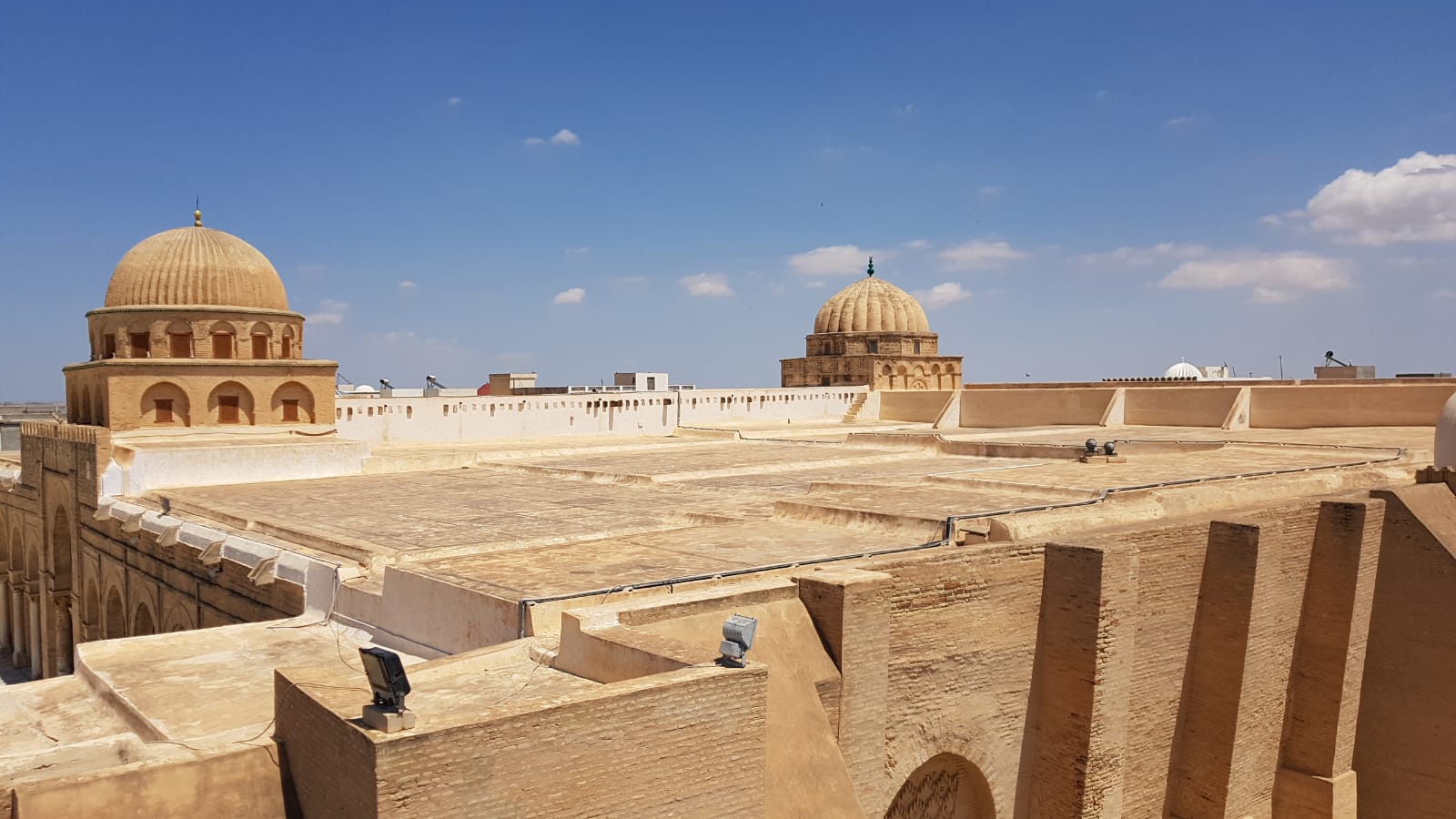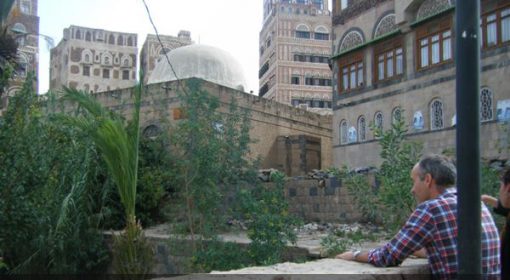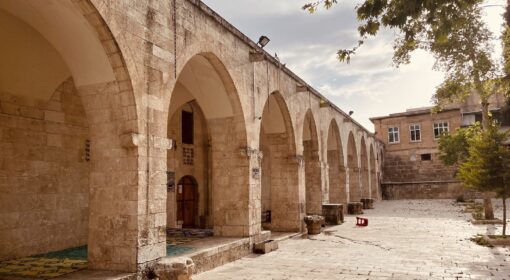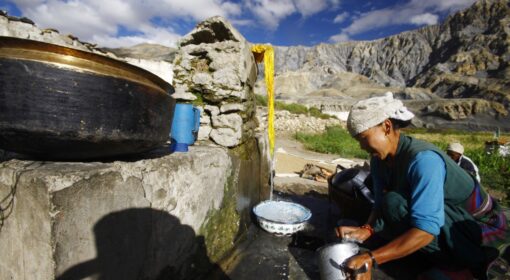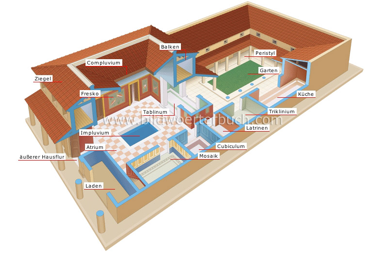Its Own Deep Source
By Frank van Steenbergen, June 2018
The austere beauty of the Kairouan Grand Mosque in Tunisia harbors a gracious secret. The mosque is one of the first in North Africa and one of the most important in terms of the learning it hosted. It reached its grandeur under the rule of Aghlabid sovereigns between 800 and 903.
Measuring 9000 square meters it is surrounded by a wall with nine openings – for men, women and for clergy. It has a minaret at one end and the prayer hall with an amazing mirba at the other hand. As all things of serene beauty it has remained a center for spirituality. Even today the fasting months is concluded with a soulamiya celebration, attended by many believers.
The Grand Mosque retains all the water that falls on its roof. The water on the roof is led by a series of steps to the gently sloping central courtyard. Here at the deepest point as a navel connecting the outside of the mosque with its inside a marble impluvium or rainwater collector is situated. The impluvium is decorated with horse shoe curves that trap part of the dirt before it enters the underground storage under the courtyard. This cistern is supported by seven metre high beams underneath the courtyard. The rainwater system is said to be built under the leadership of the Muradid Bey Mohamed Bey al-Mouradi (1686–1696). In the courtyard there are five water wells some of which are placed side by side. In the past the water was lifted with buckets but now its is pumped up. The Grand Mosque has its own deep source.
The Impluvium
The roof of the Mosque
